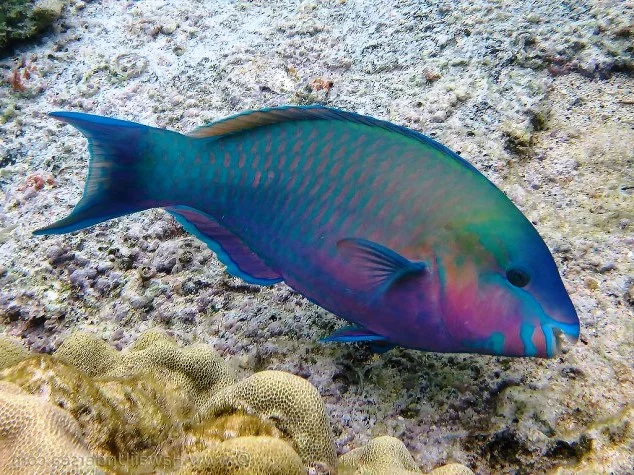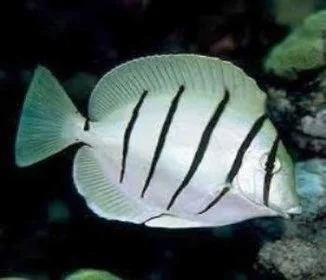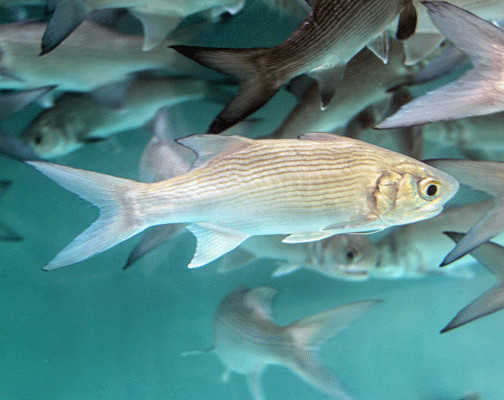Nā Papalimu O Pi‘ilani, the reef off Maui’s Lāhaina coastline at Polanui, was once known for its abundance of fish and edible limu (algae). These resources, carefully tended by kūpuna (elders), sustained Lāhaina families for generations.
But like other reefs adjacent to high population centers, it now shows signs of significant human impact associated with overharvesting, recreational use, sediment, and poor water quality. These stressors are likely contributing to the reef’s decline and consistently low fish populations. And as resources and habitats disappear, so do the roots, knowledge, and practices patiently acquired by Hawaiian people over generations.
PROJECT DESCRIPTION
Polanui Hiu is located in Lahaina, Maui. The project area extends from the high water mark to 70 feet in depth and from Mākila Point to the pūnāwai (water spring) fronting 505 Front Street. The area encompasses 222 acres of sandy and rocky beach and fringing and patch coral reefs. This area is small enough to be manageable by the community group and large enough to show biological gains under the appropriate strategies.
WHAT ARE THE PROBLEMS
- Disruption of accretion and erosion patterns
- Overfishing and overharvesting
- Reduction of fresh water input and flow
- Sedimentation/non-point source
- Recreational use of reef and near shore waters
- Discharge of chlorinated water from swimming pools
WHAT WE WANT TO MALAMA
To focus our restoration efforts at Polanui, we chose seven species of fish that are “ono” (ones that people like to eat), and that are currently present but no longer abundant. These target fish species were selected based on factors set by the community:
a) Concern for the community
b) Represent the biodiversity of the area
c) Feasibly restorable
d) Highly threatened
e) Have strategic value
Native limu (seaweed) was also added to our restoration list.









